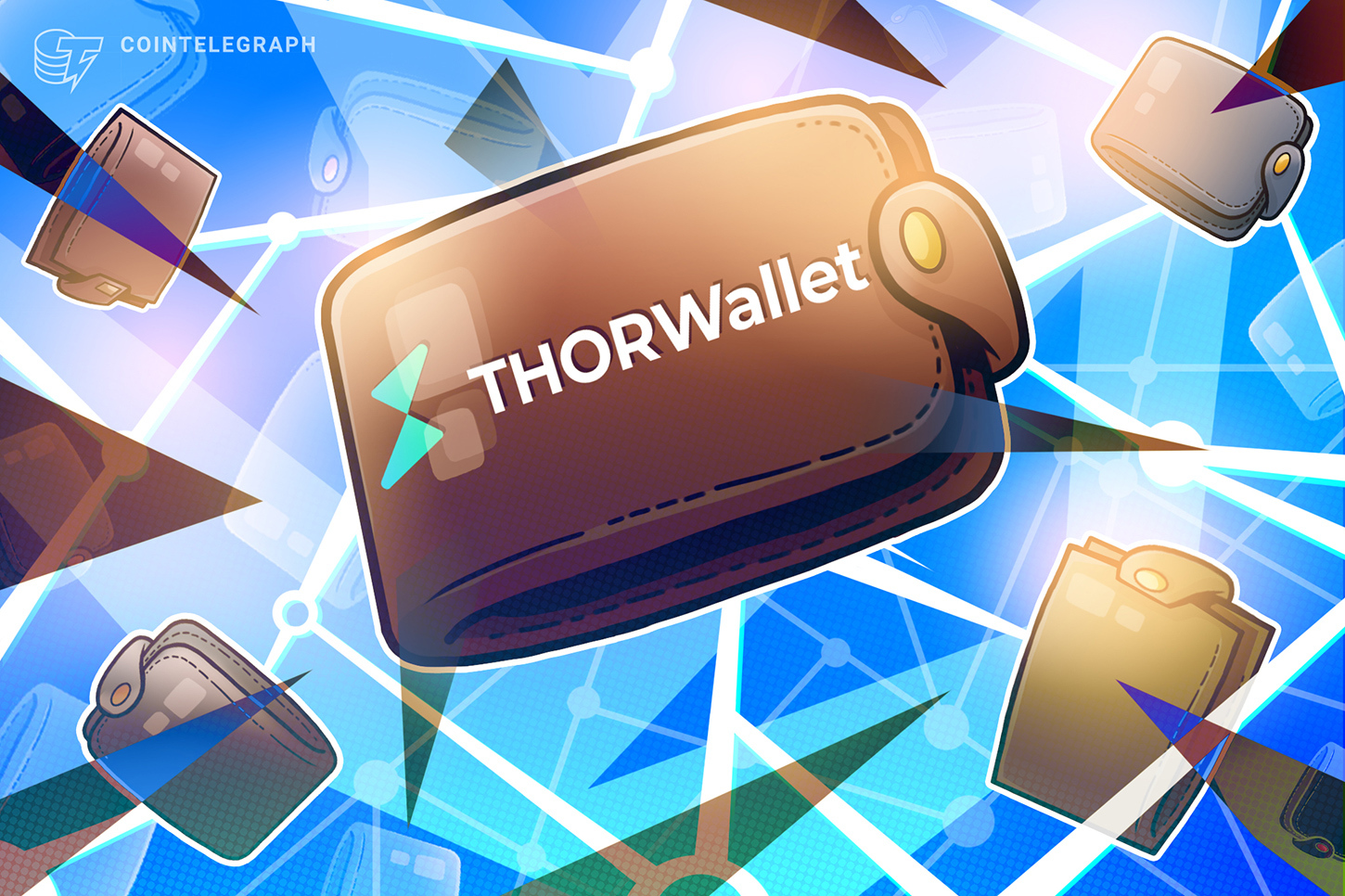Sponsored Content
THORWallet aims to solve one of DeFi’s biggest pain points: a multi-chain experience that still feels fragmented. In a Cointelegraph AMA, co-founders Marcel Harmann and Pedro Lopez said their goal is simple – cross-chain finance should feel native and effortless. To support that vision, the project is introducing its new native token, TITN, designed as the economic backbone for the wallet’s growing ecosystem.
Beyond Custody: The Future of Multi-Chain DeFi with THORWallet & TITN [Brought to you by @THORWallet] https://t.co/eae475eq5n
— Cointelegraph (@Cointelegraph) November 3, 2025
The session opened with the TGE event that happened recently – a massive milestone for any protocol and a real-world validation of the product economics. “Everyone is excited about it, " said Marcel Harmann, Founder and CEO at THORWallet. “We were working towards this for a long time.”
“The token is a key element in the THORWallet ecosystem”, added Pedro Lopez, Co-Founder and COO, pointing to the staking model that routes a portion of on-chain fees back to users in USDC. “That design is the result of multiple iterations over several years and is intended to align incentives between users, holders and the team.”
Making multi-chain feel like one chain
From there, the conversation shifted from token mechanics to first principles. Lopez traced the problem THORWallet was built to solve back to lived experience: “Some of us were early in Bitcoin, others in Ethereum. Every cycle we hit the same wall – chains don’t talk to each other, users pay the cost for it, and wallets act like silos. We built THORWallet because the average user doesn’t want to think in chains, they want outcomes.”
That thesis shaped THORWallet’s defining proposition: native cross-chain swaps with no bridging, wrapping, or loss of self-custody. “You don’t leave the wallet to bridge. You don’t re-wrap assets. You don’t expose seed phrases to third parties,” Harmann explained. “You go from asset A to asset B. The complexity is in the backend. The experience is simple.”
Unlike wallets that rely on third-party plugins for trading, earning, or cross-chain movement, THORWallet has taken an aggregation-first approach. Native crypto swaps, DeFi execution, and a multi-currency card powered by MasterCard, all happen inside a self-custodial environment.
“We asked ourselves one question: if someone only used this wallet, what would break in their DeFi life?” Lopez said. ““Whatever the answer was, we built it in-house.”
Product-led growth over market cycles
The team’s decision to sidestep early VC funding also tied back to product discipline. “Fast capital changes timelines, priorities, and incentives” Harmann recalled. “We wanted to answer to users, not to funds. That keeps the roadmap brutally practical.”
Lopez echoed that sentiment, pointing to THORWallet’s development loop: “We build alongside the people who use the wallet. Features aren’t guesses, they’re requests backed by on-chain behaviour.”
Even conversations around TITN kept returning to product gravity. “A good wallet doesn’t need a token to work,” Harmann said. “But a good token should make the wallet work better.”
When asked about what’s next, both founders spoke like builders: deeper Bitcoin interoperability, physical card expansion, broader coverage for Apple/Google Pay, U.S. card enablement, and isolated perpetuals for improved capital efficiency and risk management.
Lopez distilled their roadmap thesis into a single line: “A wallet doesn’t win by doing everything. It wins by doing what 99% of users eventually need, without making them feel the cost of complexity.”
The real adoption curve starts with infrastructure
The discussion closed on a long-term mindset. Founders stressed that markets go up and down, but product work doesn’t stop. With 2026 shaping up as a key year for infrastructure and usability, THORWallet plans to ship relentlessly, guided by one constant: build what users actually need, and let adoption follow.
Disclaimer. Cointelegraph does not endorse any content or product on this page. While we aim at providing you with all important information that we could obtain in this sponsored article, readers should do their own research before taking any actions related to the company and carry full responsibility for their decisions, nor can this article be considered as investment advice.


